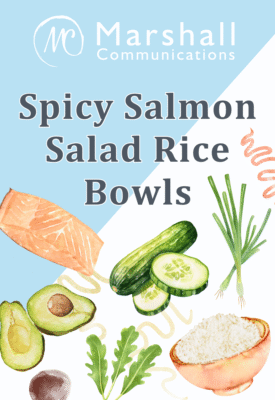Posted on: June 17, 2015
 Some people think LinkedIn is only for job seekers, but that’s not the case. Since LinkedIn ranks so highly in search engines, your LinkedIn profile will likely appear whenever anyone searches for your name. So if you meet someone at a Chamber meeting, or a new banker is checking out your background, they’ll find your LinkedIn profile when they type in your name.
Some people think LinkedIn is only for job seekers, but that’s not the case. Since LinkedIn ranks so highly in search engines, your LinkedIn profile will likely appear whenever anyone searches for your name. So if you meet someone at a Chamber meeting, or a new banker is checking out your background, they’ll find your LinkedIn profile when they type in your name.
So here are my nine tips for LinkedIn success.
- Your head shot is vital. Don’t use a snapshot that your spouse took at your last birthday party or backyard barbecue. Invest in a professional photographer to take a photo that reflects a professional image. LinkedIn tells us that users who have photos are seven times more likely to be contacted with professional opportunities.
- Make sure your work history is complete. Describe all the positions you have held, making sure you use keywords that people would be using to search for you, or someone with your background and credentials.
- Connect with at least 50 people, because this helps broaden your network through second and third degree LinkedIn connections. Those second and third degree contacts are the ones who are most likely to pay off in terms of referrals, recommendations and opportunities.
- Create a simplified URL. Go into LinkedIn settings so your profile’s Web address is simple. Mine is www.linkedin.com/in/nancymarshall. Think about adding your LinkedIn profile to your email signature and your business card.
- Make sure your headline and summary are complete and full of key words. Here’s your opportunity to exude your personal brand by writing about what makes you stand out from others who do the same thing as you do. So, don’t just say you’re a dentist, or an attorney, or a mechanic, use adjectives about what makes you’re the best dentist, attorney or mechanic. What’s your superpower? Make sure you fully describe the reasons why you are different and unique.
- Add content to your profile, whether it’s an original article that you have written or whether you repost content you find on other peoples’ sites. More and more, LinkedIn is going to be used as a blogging platform where people share interesting articles and posts that help define who they are and help them connect with like-minded professionals.
Here’s what NOT to do:
- Don’t use words that everyone else uses, such as experienced, innovative, or creative.
- Don’t use LinkedIn exclusively for yourself. In other words, think about how you can give recommendations to others in order to help them advance their career. Being greedy and expecting others will always recommend you if you recommend them will not reflect well on your reputation.
- Don’t use cryptic language to describe what you do, and assume everyone will understand. Be sure to fully explain any industry jargon in your profile.










